


Last updated on
April 25, 2024
Email marketing is still one of the best ways to connect with your audience and build relationships. But, for your email campaigns to be successful, you must do things right.
Knowing your email cadence allows you to plan your email content to space out your sending frequency so you're not overwhelming your readers.
Your email cadence is the pattern with which you send emails. Finding a balance with your email cadence is essential because if you send too many emails, you risk becoming annoying or spammy. But if you don't send enough emails, you risk becoming forgotten.
This article will give you ten tips for finding the best email cadence for your business this year so you can keep your subscribers engaged without overwhelming them.
Email cadence refers to the number of emails you send in a given period. You could send one email per week, which would give you a cadence of 52 emails per year.
Or, if you email more aggressively, you could send four emails per week, which would give you a cadence of 208 emails per year.
The key is finding a cadence that works for you and your audience.
Email marketing frequency is a key aspect of your email marketing strategy and should be given careful consideration. Your own email frequency should be based on your goals, your audience, and your resources.
The same applies to email cadence. Having a winning sales cadence depends on the goals your organization has.
It's also important to remember that email marketing aims to build relationships and engage with your audience while selling them the solutions they need, not only to sell them something.
While sending promotional emails does have its place as part of a successful email marketing strategy, too many promotional emails can hurt your results.
A successful email campaign ultimately helps build relationships and engages with your audience on a personal level.
Your email cadence is important because it allows you to control the number of emails you send and when you send them.
This is important because if you send too many emails, your subscribers may start to feel overwhelmed or even annoyed. On the other hand, if you don't send enough emails, your subscribers may forget about you or lose interest.
It's also important to have a good email cadence so you can plan your email content in advance. This way, you can space out your sending frequency and ensure that your readers always have something new to look forward to.
Defining your email cadence and frequency are two different things, but both are important in your email marketing strategy.
Frequency defines the number of emails sent in a specific period.
On the other hand, cadence refers to both the timing and patterns of your email sends.
Your email frequency will be determined by your cadence, but your cadence includes other factors such as the time of day you send your emails and how often you send emails.
Your audience also plays a key role in the cadence of your email sends. If you have a large audience, you may need to send more emails to keep them engaged.
If you want to improve your email marketing efforts this year, it's essential to understand the concept of email cadence and how it can impact your results.
The correct email cadence can help you improve your open rates, click-through rates, and conversions. It can also help you build better relationships with your subscribers.
On the other hand, a poor email cadence can make your marketing emails seem spammy, leading to higher unsubscribe rates and lower overall engagement.
Let's now look at the various factors to consider regarding the right cadence for your audience - - these factors make finding your ROI sweet spot that much easier when it comes to email cadence formulation.
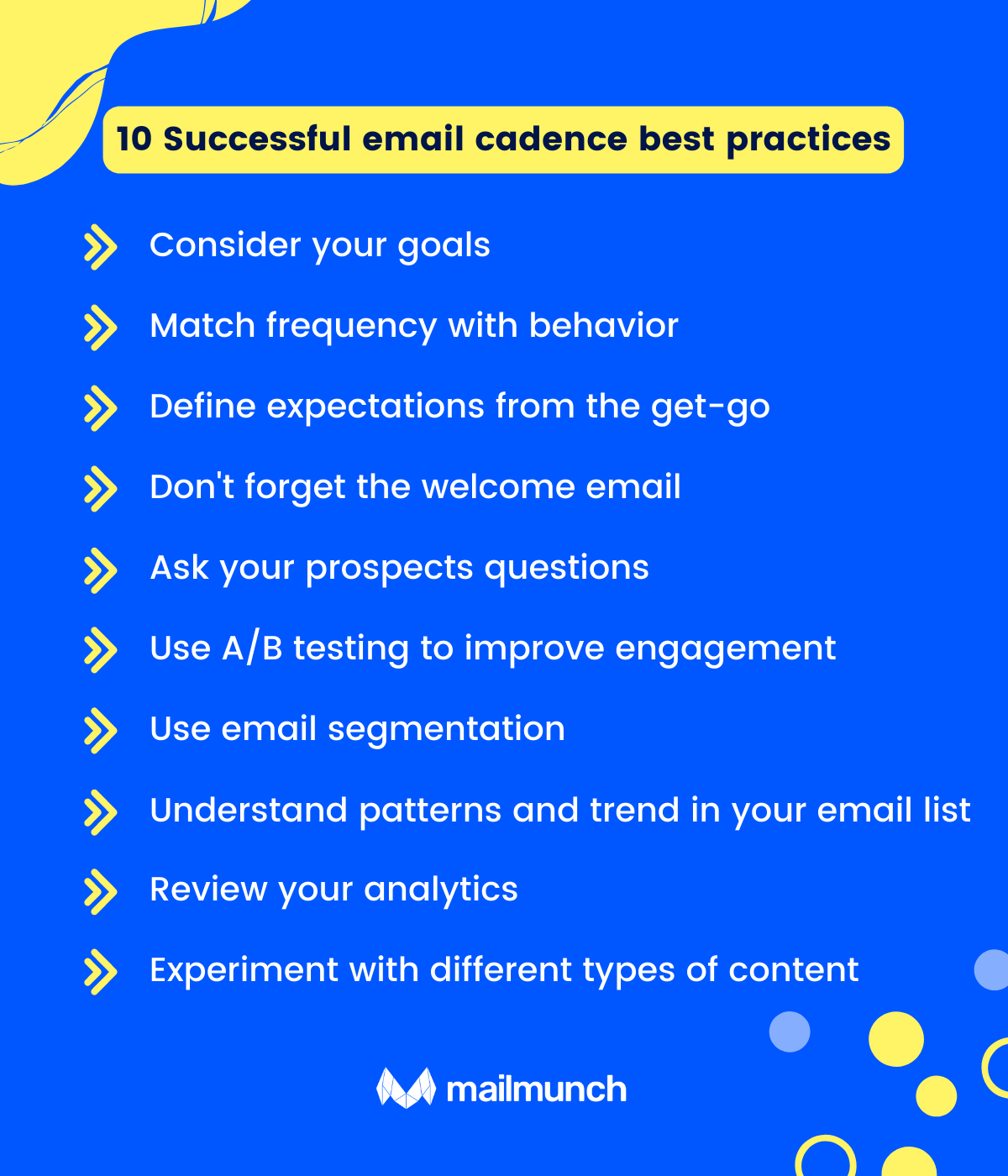
Knowing what your marketing teams want to achieve when creating email marketing campaigns is one of the key areas to spend time on.
Your marketing team needs to know what they want to achieve from potential customers on their specific customer journey while understanding the engagement metrics that matter will affect the email cadences you use in your marketing strategy.
In addition, focusing on your target audience and ensuring that sending emails is indeed a process that helps your subscribers is another critical area. This can help you improve your sender's reputation and avoid the spam folder.
Moreover, consider the industry benchmarks that are used to track progress and ensure that your campaigns are on par with the standards set forth by your competitors.

This can help you fine-tune elements such as the subject lines your subscribers prefer and respond the best to, whether you send weekly emails or more frequent ones, and even the kind of language your sales team might use when reaching out to a prospect on your behalf.
Doing all of this might seem like a lot of work, but it will save you a ton of trial and error regarding your marketing goals in terms of a specific audience.
Knowing how to determine email frequency by monitoring metrics and behavior is key to not bombarding your contacts with too many emails.
One way to do this is to look at their interaction with past emails and adjust your strategy accordingly.
For example, you can use the right Mailmunch tools to see which subscribers open your emails and click on links.
You can also see how long it's been since they last interacted with one of your emails.
Using Mailmunch's Marketing Analytics, you can get real-time, actionable insights that show you exactly how your subscribers are engaging with your emails.
This can help with tracking performance, understanding what's working, and making changes on the fly to improve your results.
This analytical information can also help with reporting and revenue attribution, two other areas that are essential to focus on when trying to understand your customer's email behavior.
Reporting is key to understanding performance so you can stay on top of your goals while revenue attribution is how you can understand which channels are most valuable in terms of driving conversions and sales.
One of the landing page best practices to consider is to give your potential customers and subscribers the option to choose the right frequency at which they want to hear from you.
While some might want daily emails, there might be others that would unsubscribe (or drastically reduce their engagement rates) if they receive emails at such regular intervals.
.png)
This will again change based on different industries but allowing people to choose the frequency when they opt into your email list will enable you to give your subscribers the freedom of choice.
This will also give you a better idea of how often to email. Based on this information, you can then use the frequency answers to create subscriber segments, allowing you to match your email cadence to the preferences of your contacts.
The first email in your campaign is just as important as any other, if not more.
A welcome email sets the tone for future communications and can help introduce new subscribers to your brand.
It should be sent soon after someone subscribes to your list and should include a thank you for subscribing, an introduction to what they can expect from your emails, and links to some of your best content.
Getting started on the best foot possible will depend on various factors, but having a great welcome email is an excellent place to start.
Let's consider a specific example.
An SMS marketing growth platform wants to capitalize on the welcome email.
This company could use its platform to set up an automated sequence that begins with a welcome message as soon as someone signs up for the service.

The message in the introductory email might look something like this:
Welcome to our SMS marketing growth platform. We're excited to have you on board. Here are some of the things you can expect from our service:
We can't wait to help you grow your business with our powerful SMS marketing tool.
If you have any questions, feel free to reach out to our support team anytime.
This welcome email sets the tone for future communications and gives new subscribers a taste of what they can expect from the service.
It also includes a call-to-action to reach out to the support team if they have any questions, which is a great way to encourage engagement - some of which might be about the frequency of emails.
The right dialogue starts with the subject line you send in your email and continues with the emails you send regularly.
This also affects the engagement levels you get with your subscriber list.
Adding surveys to your newsletter can help you find your email cadence.
By asking your subscribers about their preferred email frequency, you can get a better idea of how often to send emails.
This will help you ensure that your subscribers are happy with the amount of communication they're receiving from you.
Plus, surveys provide valuable insights that you can use to improve your content and marketing strategies. With various types of surveys available, you can use them to gather feedback on anything from email frequency to the type of content that's most popular with your subscribers.
For example, let's say that you run a newsletter that helps people get started with some of the best self-employed jobs available right now.
In one of your recent emails, you asked your subscribers what their biggest challenge is when it comes to starting such a job. You got a lot of responses and decided to write a follow-up email with some advice based on the most common issues people are facing.
This email might look something like this:
Hello again,
Thank you so much for taking the time to respond to my email. I received great feedback and wanted to share some of the feedback with you.
Based on the responses I received, the three most common challenges people are facing are:
If you're struggling with any of these issues, I want you to know that you're not alone. These are all common challenges people face when trying to find a great job.
However, I want to know more about the issues you're facing. I'm committed to helping you find a great job, and I can't do that if I don't know what's holding you back.
So, in my following email, I'm going to share some advice on overcoming these challenges. But first, I want to hear from you again.
I'll be waiting to hear from you.
This email continues the dialogue started in the previous email and shows that you're committed to helping your subscribers overcome their challenges.
It also sets up the following email in the sequence, which will be full of valuable advice.
Getting people to look forward to the next email is another part of a successful email marketing campaign sent at the right cadence.
A/B split testing tests two different versions of an email to see which one performs better, allowing you to find the sweet spot for your list.
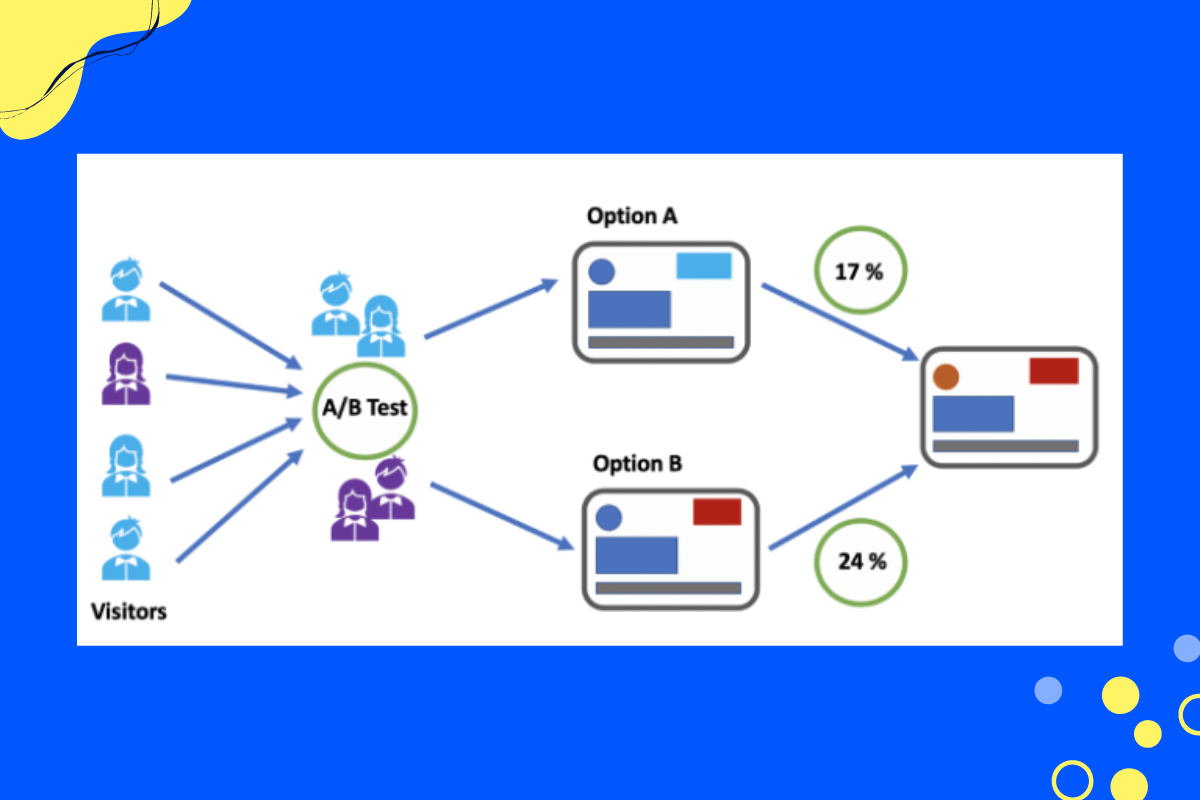
or example, let's say you're testing two different subject lines for an email about a new product launch.
Subject line A might be "Introducing the newest member of our product line," while subject line B could be "You're invited to the launch of our newest product."
You would then send each subject line to a different group of people on your list and see which one performs better.
If subject line A outperforms subject line B, you know it's a better option for your list, and you can start using it for all future emails.
A/B split testing is a great way to fine-tune your email marketing and ensure you're always sending the best possible emails to your list.
A/B testing can also be used to find the best time to send emails that appeal to a specific demographic, ensuring that your message is timely and relevant.
Demographics affect email cadence more than most marketers realize as certain age brackets prefer to receive emails at different times than others.
For example, studies have shown that a quarter of people aged 18-24 prefer to receive emails in the morning.
In addition, using split testing will allow you to have a successful email cadence that ensures it is never about you and your business. You are literally seeing what works with your list and doing more of it. It's also about finding new ways to keep your customers engaged with your brand so that they keep coming back for more.
Your email list is full of people who have already shown an interest in what you have to offer and if you want to keep them interested, you must find new and innovative ways to keep them engaged.
Speaking of engagement ideas that you can split test, here are a few to consider:
These ideas can also help you segment your list so that you only send emails to those interested in hearing from you. There's a lot to be said about email segmentation's role in determining email cadence.
These two things go hand-in-hand and by A/B testing different ideas, you can not only improve engagement but also make sure you're only sending emails to those who want to hear from you.
Email segmentation is a great practice to find your email cadence.
The way email segmentation works is that you divide your list into smaller groups based on interests, demographics, or other factors. You can then send different types of emails to these different groups, ensuring that each email is relevant to the people on that particular list.
For example, if you have a list of customers who have purchased from you in the past, you would segment that list and send them emails about new products or sales.
On the other hand, if you have a list of people who have signed up for your newsletter but haven't made a purchase yet, you would segment that list and send them emails designed to get them interested in your product.
Email segmentation is a great way to improve engagement because it allows you to send targeted emails to small groups of people, rather than mass emails to your entire list.
To get to know your subscribers, you need to take a closer look at the patterns and trends in your email list.
Patterns and trends can give you much insight into what's working and what's not with your email marketing.
Let's look at an example.
Imagine you offer a co-browsing experience where two people can browse the internet online using the same browser from a different location.

You want to increase sales, so you decide to offer a 10% discount for anyone who buys your software through your email list.
But after sending out the discount code, you notice that there's a trend of people unsubscribing from your emails.
This is an important pattern to pay attention to because it could indicate that your emails are becoming too promotional.
If you see this trend, it might be a good idea to dial back on the discounts and focus on providing more value in your emails.
Your email cadence can be adjusted based on this pattern, getting you to potentially send more value-based emails more often or send less promotional-type emails less frequently.
By understanding patterns and trends in your email list, you can make more informed decisions about what type of content to send and how often to send it.
Tied into email cadence and pattern recognition is the need to review your analytics regularly.
It would help if you were frequently looking at things like:
Analytics can give you a lot of insight into how your email marketing campaign is performing and what you can do to improve it.
For example, let's say that you notice that most people are opening your emails on their mobile devices. This is an important piece of information because it means you must ensure your emails are optimized for mobile.
If they're not, you could be missing out on a lot of engagement.
Similarly, if you notice that most people are opening your emails on Sundays, you might want to make sending a Sunday email a must-do.
Understanding your analytics can also help you use tools like Mailmunch automation to their best potential, making your email marketing more efficient.
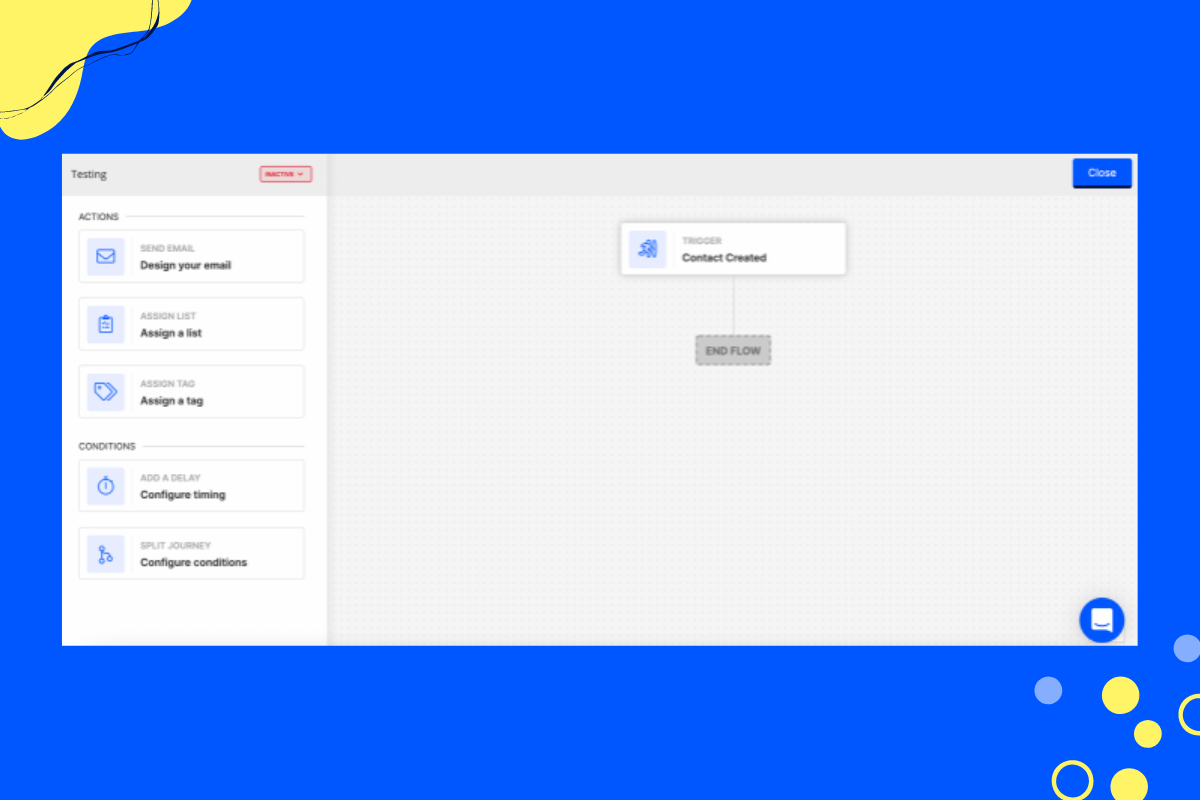
This will allow you to use your customer behavior in precise marketing, allowing your lead nurturing to excel.
Another variable that can help with your email cadence and allow you to determine the best frequency of emails to send at the right time is to experiment with the types of content you include in your emails.
For example, as many as 23% of brands that took part in a survey said they have included interactive elements in their email, with an additional 32% of respondents saying they will do soon in the near future.
Being open to experimenting with new types of content in your emails can help you to stand out from the competition. This is great for those that want to use funny emails to promote their brand.
The goal is to understand what works best for your audience and your business.
Remember, there is no one-size-fits-all solution when it comes to email marketing.
While there are industry standards that companies in your niche might be following, the best way to find your email cadence is to experiment and see what works best for you.
Here are the best email cadence tools to consider.
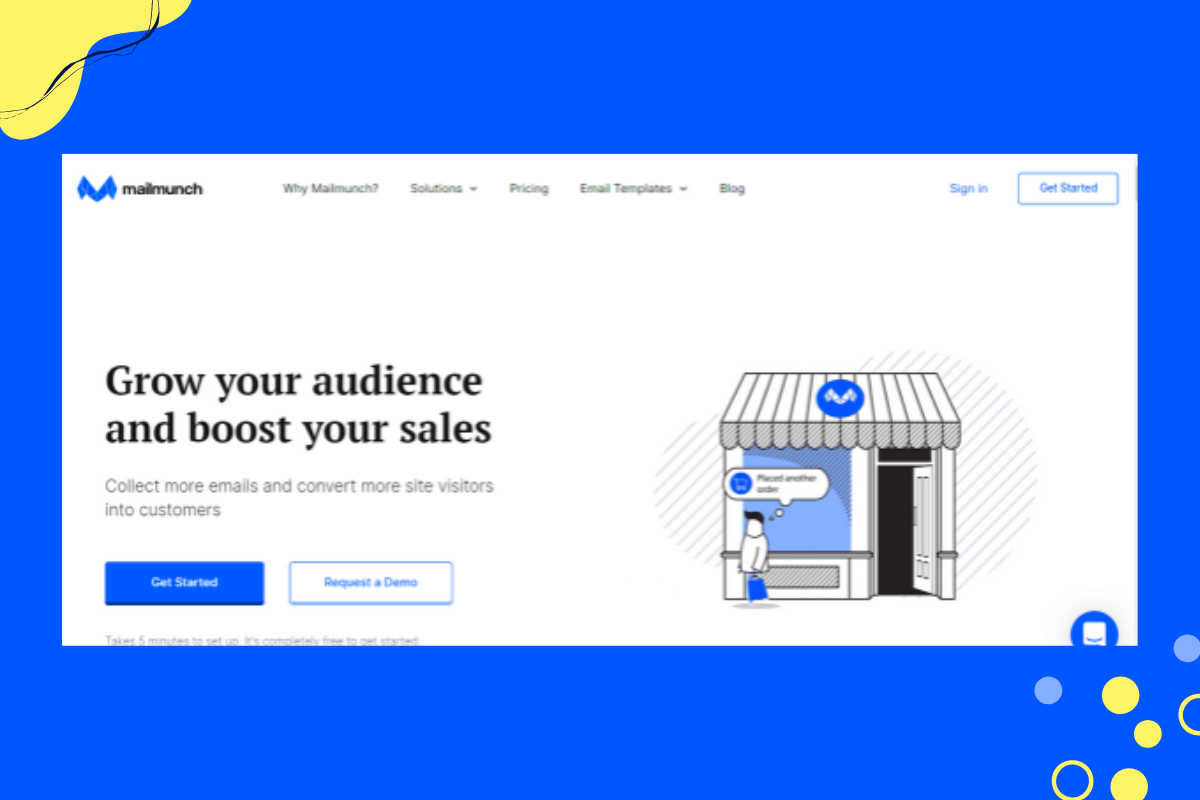
Mailmunch allows you to grow your audience and increase conversions with advanced email marketing tools.
The platform makes it easy to create beautiful opt-in forms, landing pages, and email campaigns that convert.
Plus, it has powerful features like list segmentation, A/B testing, leads scoring, and more.
If you want to convert your site visitors into subscribers and customers, Mailmunch is the tool that offers the best bang for your buck.
Key Features:
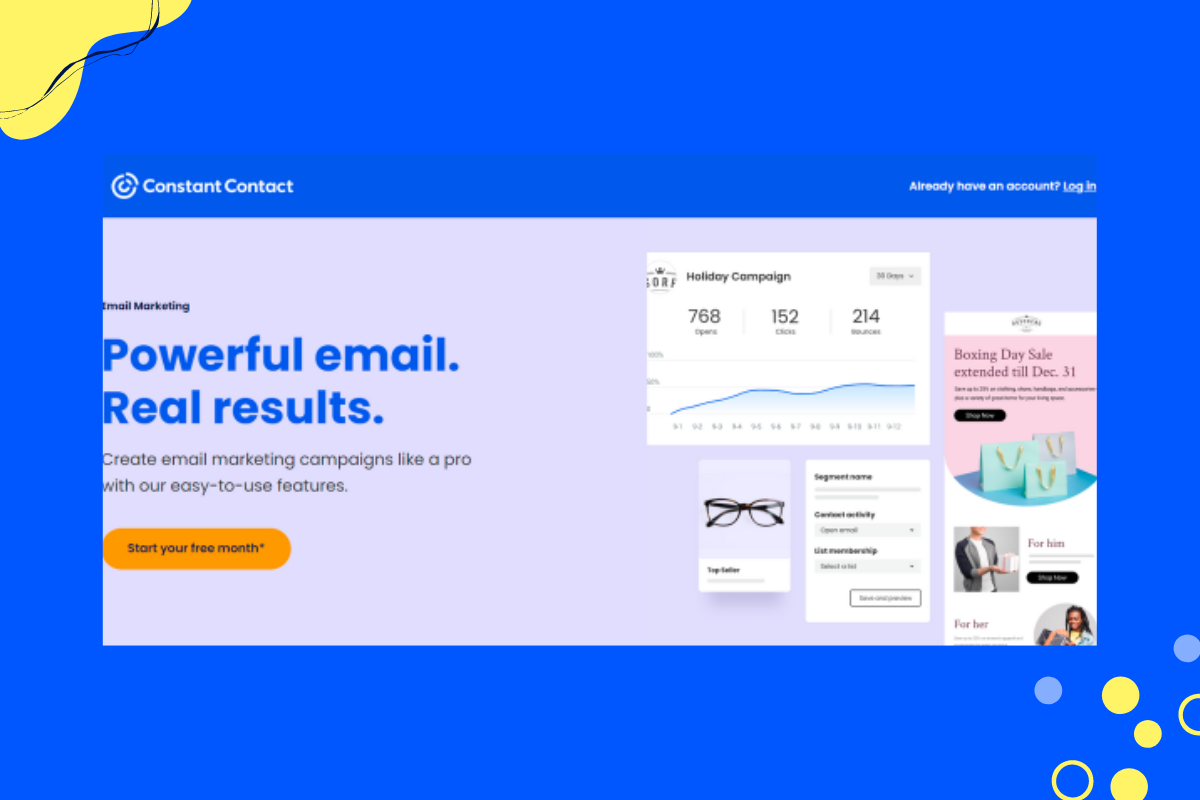
Constant Contact is one of the most popular email marketing tools on the market.
The platform makes it easy to create beautiful emails, automate your email marketing, and track your results.
The ability to drive sales and grow your business with email marketing makes this tool one to consider.
Constant Contact is a platform that allows you to connect with your customers while simplifying your email process.
Key Features:
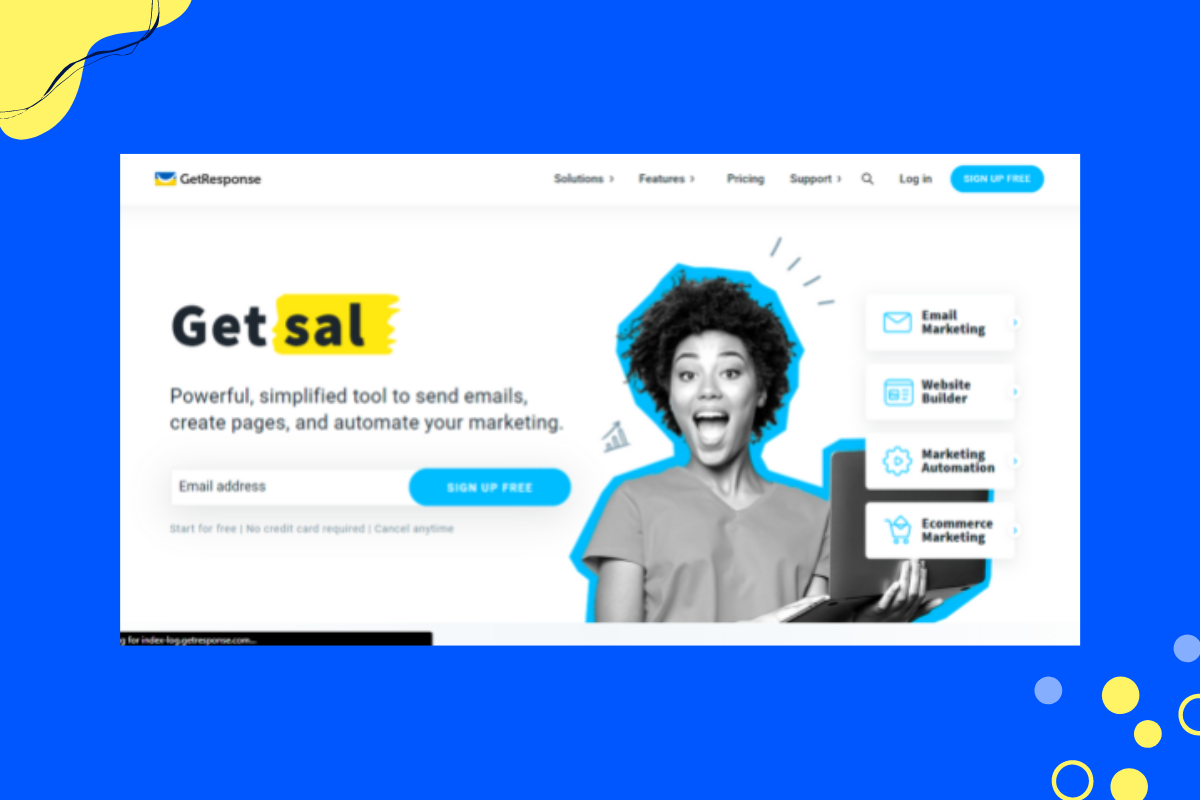
GetResponse provides powerful, simplified tools to send beautiful emails, create great-looking landing pages, and improve your conversions.
GetResponse makes it easy to achieve your email marketing goals, from growing your audience to boosting online sales.
Whether you're an entrepreneur, online marketer, or small business owner, GetResponse is the tool that can help with the various ways you connect with your customers.
Key Features:
Whether you currently send daily emails that allow you to close deals or provide various services, or typically go for weekly emails that keep people updated with what’s new, the best way to find your email cadence is to keep an open mind and be open to testing.
Understanding that the email cadence within different industries might also be critical.
That said, always ensure that you are providing value in every email, as this is what people have opted into your list for.
In addition, getting to know your audience and what type of content they respond best to will help you find the perfect email cadence for your business.
By following these tips, you'll be well on your way to finding the right frequency to use email marketing at its best.
A voracious reader and a music lover, Ammar has been writing engaging and informative content for over 3 years for B2B and B2C markets. With a knack for writing SEO-optimized content, Ammar ensures the results speak for themselves.
Tags:

M. Usama
May 10, 2024

M. Usama
May 2, 2024
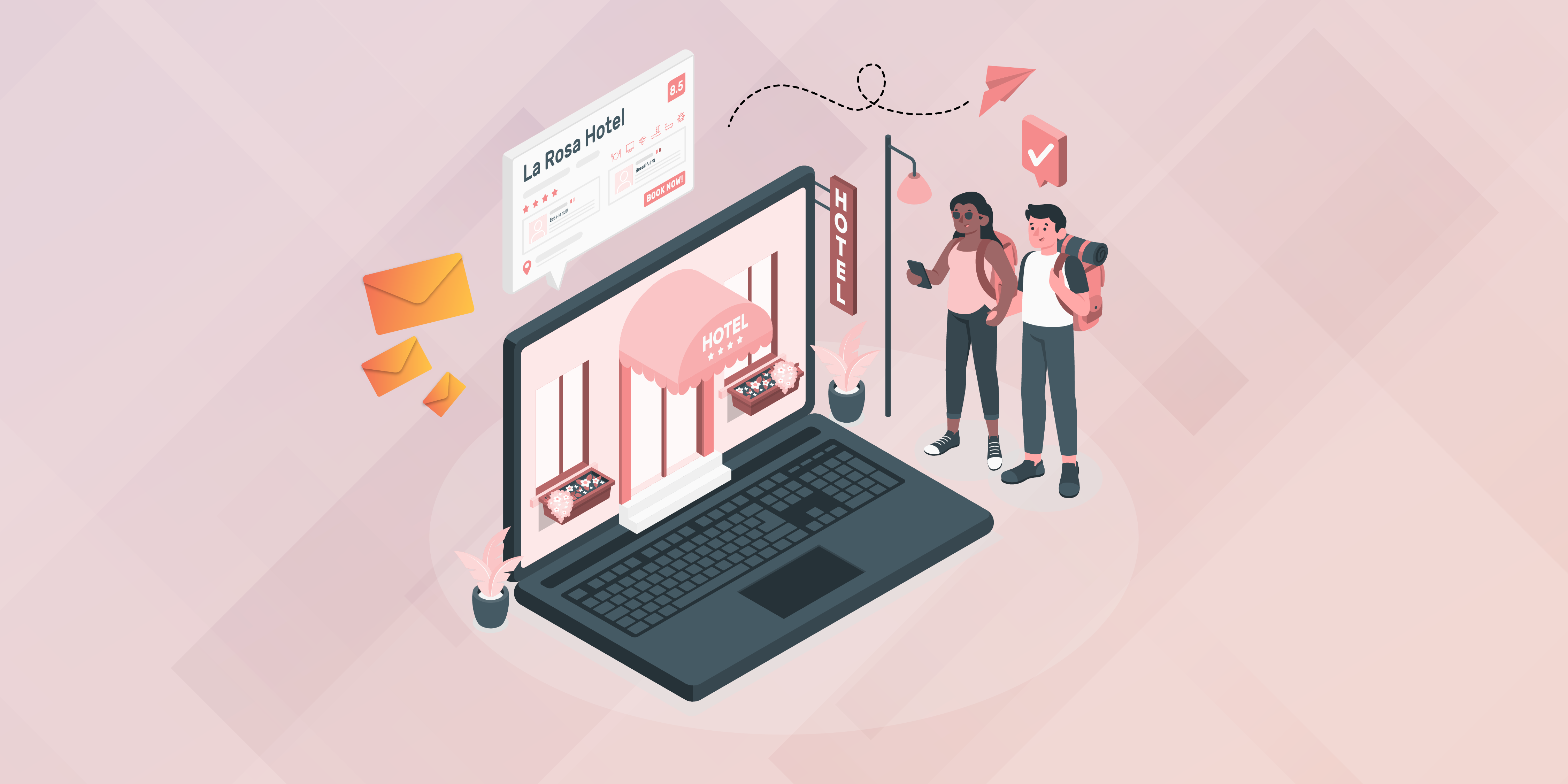
M. Usama
May 2, 2024